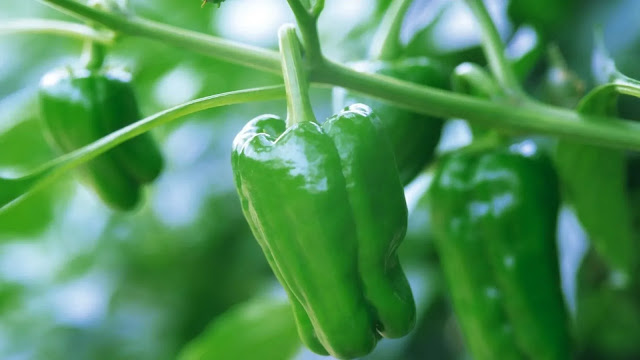If you’re a beginner, it’s useful to understand that vegetables are best grown from seed. Plus, growing from seed is a smaller amount of dearly-won, offers additional selection, and incorporates a higher success rate. Our list below includes vegetable seeds that may be seeded directly into your garden soil. Some are appropriate for transplantation.
1 - Radishes
Radishes are super fast and easy to grow from seed—you’ll be ready to relish your own fresh radishes in just four weeks after sowing. They’re best seeded outdoors in containers or beds in late spring (after the last frost). Once they’re prepared, use them in salads, stir-fries, and ramen, or add a thinly-sliced layer to a bit of toast and drizzle with salt and juice.
2 - Green Beans
Beans grow even in fairly poor soils as a result of the fact that they fix the chemical elements as they go! Bush varieties don’t need trellising, but pole varieties give an additional extended harvest. In cool areas, snap beans are best. In hot areas, lima beans, southern peas, and asparagus beans are terribly simple to grow. All bean plants are quick growers and thrive in warm, moist soil.
3 - Peppers
Most peppers grow well in containers, so they’re an honest possibility for a sunny terrace, deck, or balcony. Take transplants from an area nursery; you won’t have enough time for plants to mature from seed unless you begin them inside eight weeks before the last frost in your area.
4 - Cherry Tomatoes
They’re also a cinch to grow, thriving in giant containers or garden beds. Can’t-fail varieties embrace Black Cherry, Super Sweet, and Sungold, which all yield an outsized crop of sweet fruit. Stake tall or indeterminate kinds of cherry tomatoes to keep plants off the bottom and facilitate stopping the spread of soil-borne diseases.
5 - Kale
Whether you like it or not, super-nutritious kale is incredibly hardy and may grow in a large selection of temperatures. It is harvested at many different stages, and therefore the buds and flowers are edible, too! Mustards and collards are closely associated with kale and are simple to grow.
You Might Also Enjoy This.
6 - Zucchini
In terms of sheer production, it’s exhausting to high zucchini, a sort of summer squash. One plant will pump out dozens of tender fruits throughout the summer months. Zucchini come in a variety of colors and shapes, including Zephyr and pool ball. No matter what sort you select to grow, harvest it young for optimum flavor and texture. Zucchini grows best in man-made soil, so make certain to dig a number of shovelfuls of compost before planting.
7 - Spring Onions
Spring onions produce a fast crop in just eight weeks from sowing. Sow your seeds between March and July, and if you would like to make next year's crop even easier, leave one or two of the spring onions to flower, and they're going to happily self-seed! These compact, tasty vegetables are grown in terrace containers, window boxes or at the bottom. Grow your spring onions next to mint to discourage onion fly.
8 - Beetroot
For a super-easy vegetable, opt for beetroot. It's a delicious, versatile, and vibrant crop. It's typically grated raw into salads, but it's also delicious cooked, made into soup, or pickled. Beetroot seeds are planted directly into wet soil from March to July. As your seedlings grow, merely thin them to approximately 5 cm apart. They must be able to be harvested between May and September once they’ve reached 1 to 3 inches in diameter.
9 - Garlic
If you would like a low-maintenance vegetable, look no further than garlic; it pretty much grows itself! In cool climates, hardneck garlic is the most suitable option, whereas those with delicate winters ought to grow softness garlic.
10 - Carrots
Many beginners realize their carrots are short and unshapely. This is often due to poor, rocky soil, so it’s vital to supply soft, loose soil that drains well. Mix in some sand to make it very loose. It's also essential to thin carrot seedlings to the right spacing in order that they’re not overcrowded. Be bold! If you want carrots to grow properly, thin those seedlings.










